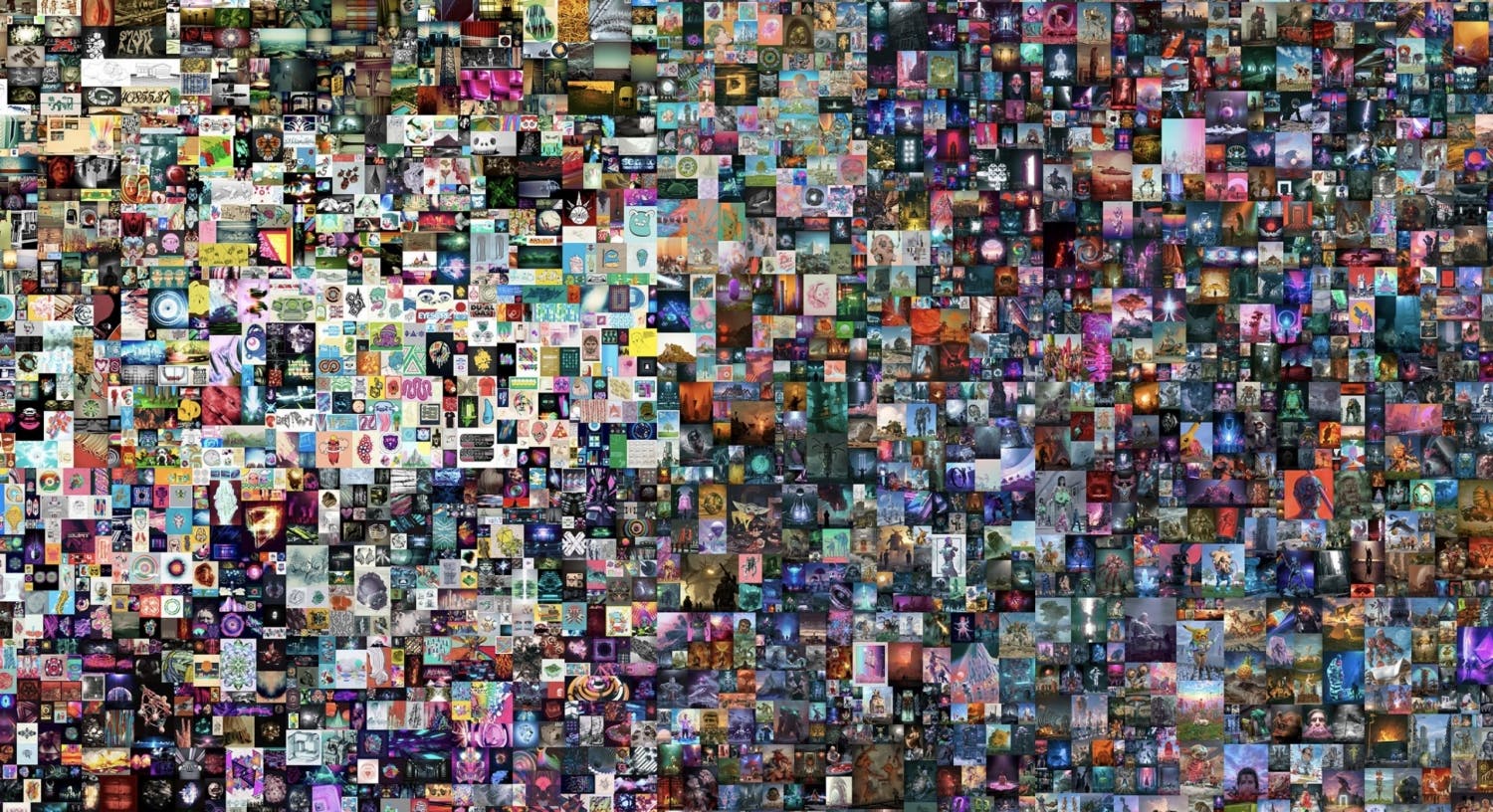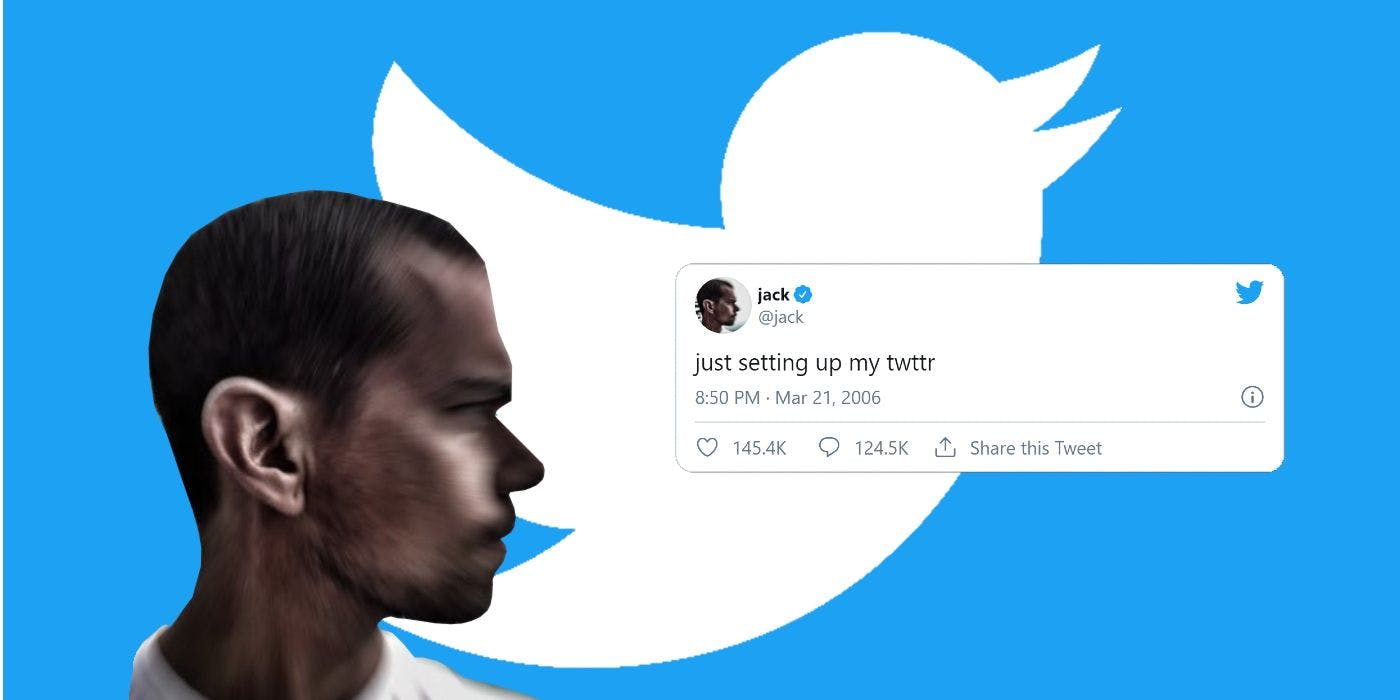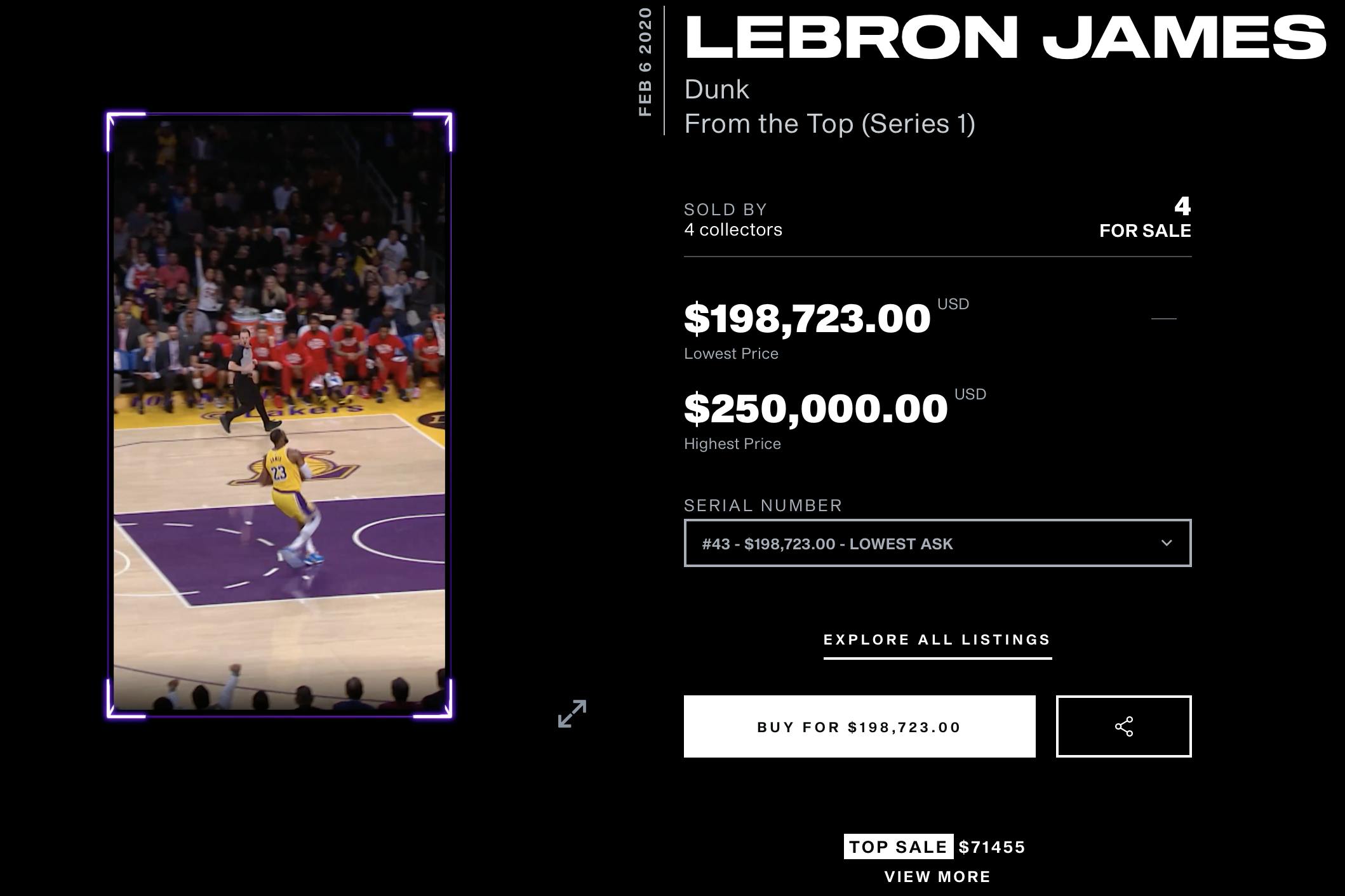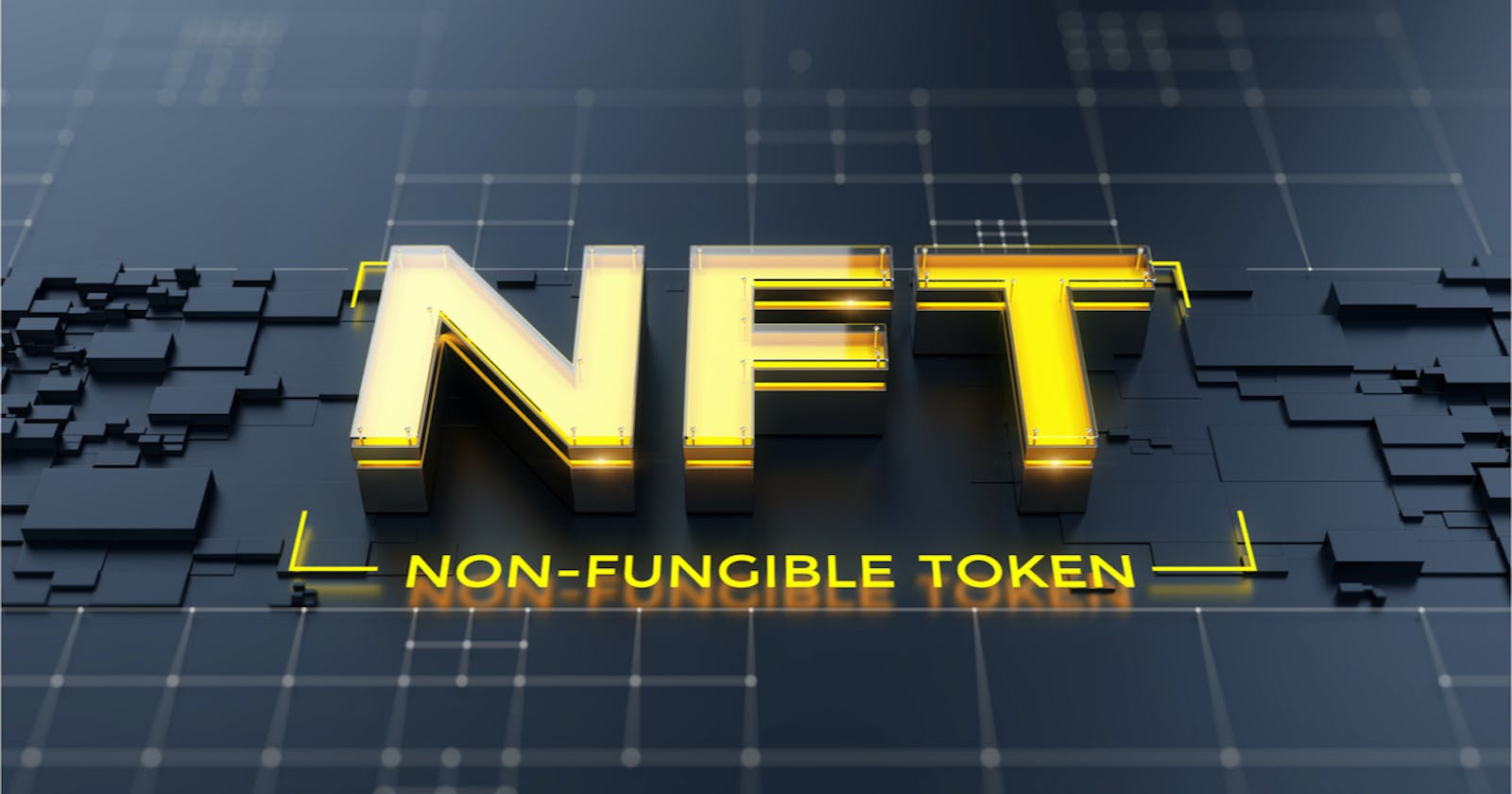Introduction
NFT (non-fungible token) is a one-of-a-kind digital asset based on blockchain technology, with the bulk of NFTs being powered by the Ethereum blockchain network. This article will break down NFT into pieces so that you may understand it better. We'll look at how it works, its applications, the market, and any potential drawbacks.
Table of contents
- What is NFT?
- How does it work?
- Applications of NFT
- How to buy NFT
- Potential Drawbacks
- Conclusion
- References
What is NFT?
What does it mean to have a non-fungible token (NFT)? To begin, let's define the term fungible. A fungible thing is one that may be swapped for another one of equivalent value. For example, in exchange for five 200 naira notes, I could give you a solid 1000 naira note. Bitcoin and Ethereum are both fungible tokens, meaning they have the same value when traded. One bitcoin is always the same as another bitcoin. The fact that both bitcoin and NFT are based on blockchain technology is the only thing they have in common. Let's move on to the non-fungible token now that we know what a fungible token is.
A non-fungible token (NFT), is a digital token with its record and transactions stored on the Ethereum blockchain network. Each token has a unique value that makes it difficult to exchange for another product because it can never have the same value. For example, you will not likely trade your great-grandfather's gold ring for a piece of junk jewelry.
NFTs are real-world items such as art, music, films, diamonds, real estate, and even a tweet that cannot be divided and is traded online.
How does it work?
A digital asset is represented by NFT, which is made from a digital item. In layman's words, NFT minting is the act of converting a digital file, such as digital artwork, music albums, films, GIFs, legal documents, and so on, into a crypto digital asset on the Ethereum blockchain that can be traded with other cryptocurrencies on a digital marketplace. So instead of receiving a real piece of art, the buyer receives a signed digital file.
Every minted NFT on the Ethereum blockchain has a unique identity, including the creator's details, the price, and so on. This is a mechanism for NFT owners to safeguard their work while simultaneously demonstrating to collectors or buyers that they are purchasing an original work, as well as giving the buyer real ownership and digital property rights to the digital asset. Furthermore, only one NFT can exist at any given time.
Applications of NFT
NFT can be used anywhere, and it aids in the detection of genuine products and the prevention of counterfeiting. NFT also allows users to make money off of their belongings. Let's take a look at a few of its uses.
Art and Digital Creatives
Artists can turn their work into NFTs and sell them for millions of dollars. Instead of relying on auction houses and galleries to promote and sell their paintings, they can sell directly to the buyer and generate additional income.
Additionally, artists can enroll in royalties so that they receive a share of sales when their work is sold to a new owner.
Music, videos, GIFs, images, and even tweets may be minted into NFTs and sold for millions. Here are some of the most popular NFTs that have sold for millions of dollars:
- On October 28, 2021, a cryptopunk was sold for $532 million, making it the most expensive NFT ever sold. However, according to sources, the buyer may have purchased the cryptopunk from themself.

On March 11th, 2021, a well-known artist named Mike Winklemann, also known as Beeple, sold his NFT, a 21,069 x 21,069-pixel collage artwork, for 69 million dollars.

Jack Dorsey, the CEO of Twitter, sold his first tweet as an NFT for $2.9 million to an interested bidder.

- Nyan cat, a youtube video that became a meme, was minted into a cryptoart and sold for $590,000.

- NBA Top Shot is a website that allows trade NBA video clips sold an NFT of LeBron James' video clip for $230, 023.

Legal documents
Converting property documents to NFTs will aid in identifying the true owner of the property, as well as simplifying transactions by eliminating the need for an intermediary. It will also aid in reducing scams.
In fact, any distinctive asset can be converted into an NFT to ensure originality, these include Event tickets, college degrees, passports, and so on.
How to buy NFT
If you're willing to establish your own NFT collection, you'll need the following information:
Purchase Ethereum
Because most NFT marketplaces only accept Ethereum, you'll need to buy some with a credit card from a crypto exchange account like Coinbase, eToro, Kraken, PayPal, and so on, and deposit it to your MetaMask wallet. MetaMask is an Ethereum wallet that can be accessed through a mobile app or a Chrome extension. Install the app, create a wallet, and transfer the cryptocurrency to it.
Connect your MetaMask wallet to an NFT Marketplace There are lots of platforms to trade NFTs, but the most popular ones are opensea, Rarible, and Foundation. After you've set up and financed your MetaMask wallet, go to any NFT market of your choice to start bidding on any digital product that catches your attention.
Potential Drawbacks
Here are some of the findings I made:
- Because the future of NFT is uncertain, investing in it is risky.
- You can't stop an NFT from being cloned just because you own the original copy
- You can resale the NFT you bought at a lower price.
- You won't be able to resell an NFT if you acquire it as an investment and no one wants to buy it.
Conclusion
The concept of NFT, its definition, how it works, applications or uses, how to trade it on multiple platforms, and its potential downsides have all been thoroughly explained in this article.
With this knowledge, you can now connect your Ethereum wallet to an NFT marketplace and proceed to buy your first digital asset.

